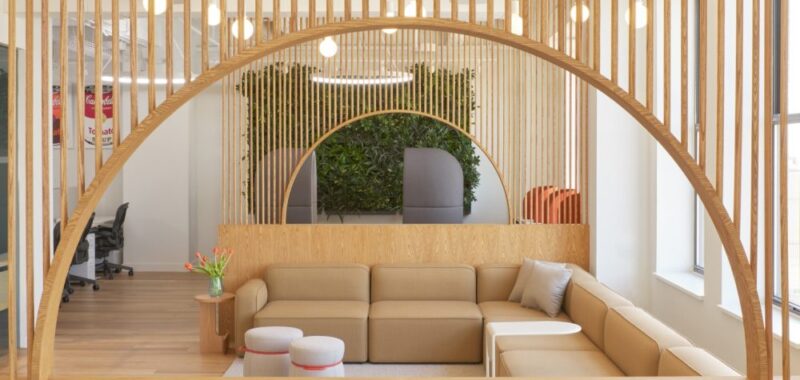To kick off Wellness January at Work Design Magazine, Nathan Friedman, Co-President and Chief Marketing Officer at Understood takes WDM through the importance and practicality of incorporating neuroinclusivity in workplace design.
When it comes to the future of work, putting universal design and neuro-inclusion at the forefront is no longer just “nice to have.” It’s critical for business success.
Neurodivergence isn’t a niche issue. Today, there are almost 70 million people in the United States with learning and thinking differences like ADHD and dyslexia — representing just a portion of the broader neurodivergent population. Because these invisible disabilities can’t be discerned from the outside, many workplaces neglect to plan for this community.
For years, neurodivergent employees have done their best to navigate work environments that weren’t built for them.
There’s now a change underway. In the workforce this year, Gen Z is set to outnumber baby boomers, and research from Understood.org shows that nearly 50% of Gen Z employees identify as having a learning or thinking difference. This means neuro-inclusion is the future of the workforce. Not only is incorporating neurodiversity into the workplace the right thing to do, it benefits the bottom line. JPMorgan Chase & Co. estimates that employees hired through its neurodiversity program are 90% to 140% more productive and have consistent, error-free work.
As an organization dedicated to supporting people who learn and think differently, Understood has been a longtime champion of designing inclusive spaces leveraging the principles of universal design. Universal design is a strategy for making products, environments, operational systems, and services welcoming and usable to the most diverse range of people possible. The idea is simple: If you design for difference, everyone wins. Consider how disability activists advocated for sidewalk and entrance ramps. While originally for wheelchairs, ramps benefit parents with strollers, cyclists, couriers, and more.
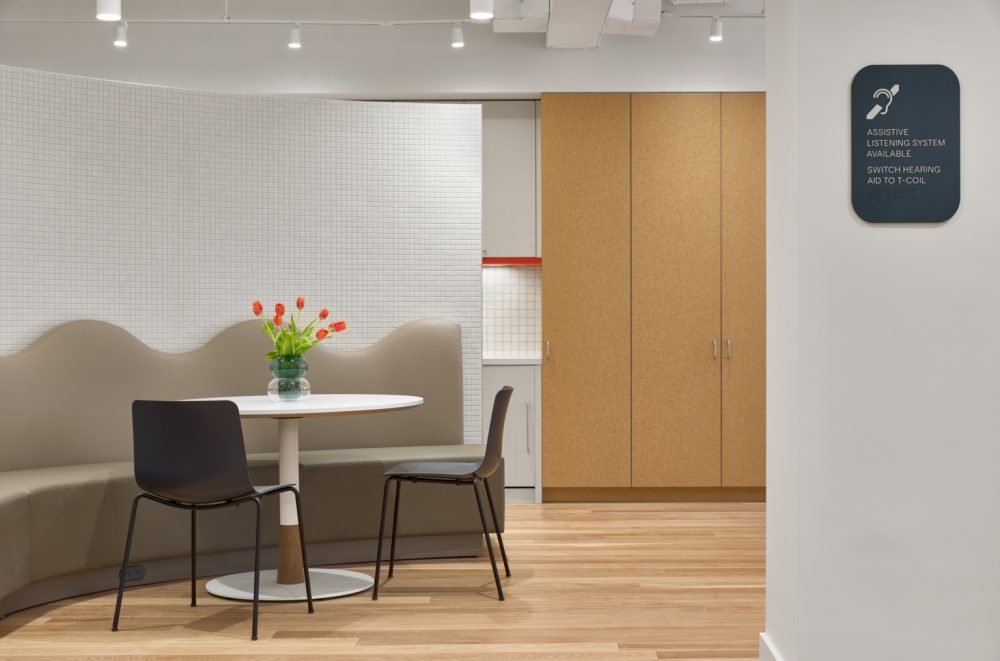
Understood embraces universal design in all aspects of the organization, from the work itself, to ways of working, to the physical office environment. When designing our current office, universal design served as a guiding principle, with special attention paid to best practices in disability inclusion, accessibility, and usability. Understood also gathered input from its subject matter experts in learning and thinking differences, many of whom are neurodivergent themselves. Here are a few ways the space was built to benefit everyone.
Audio and Visual (AV) Assistance and Ambient Sounds
Factoring in sensory processing issues, Understood engineered its space to minimize noise distraction. These spaces include two layers of drywall, plus acoustic spray on the ceiling to dampen noise. Additional sound masking was applied throughout the office to accommodate anyone on the sensory sensitivity spectrum. This includes active white noise machines, glass system rated for sounds, soft end panels on workstations, and fabric with acoustic properties used on furniture and curtains. Going one step further, an induction loop coils through large private and open spaces for those using hearing aids, helping to cut out background noise.
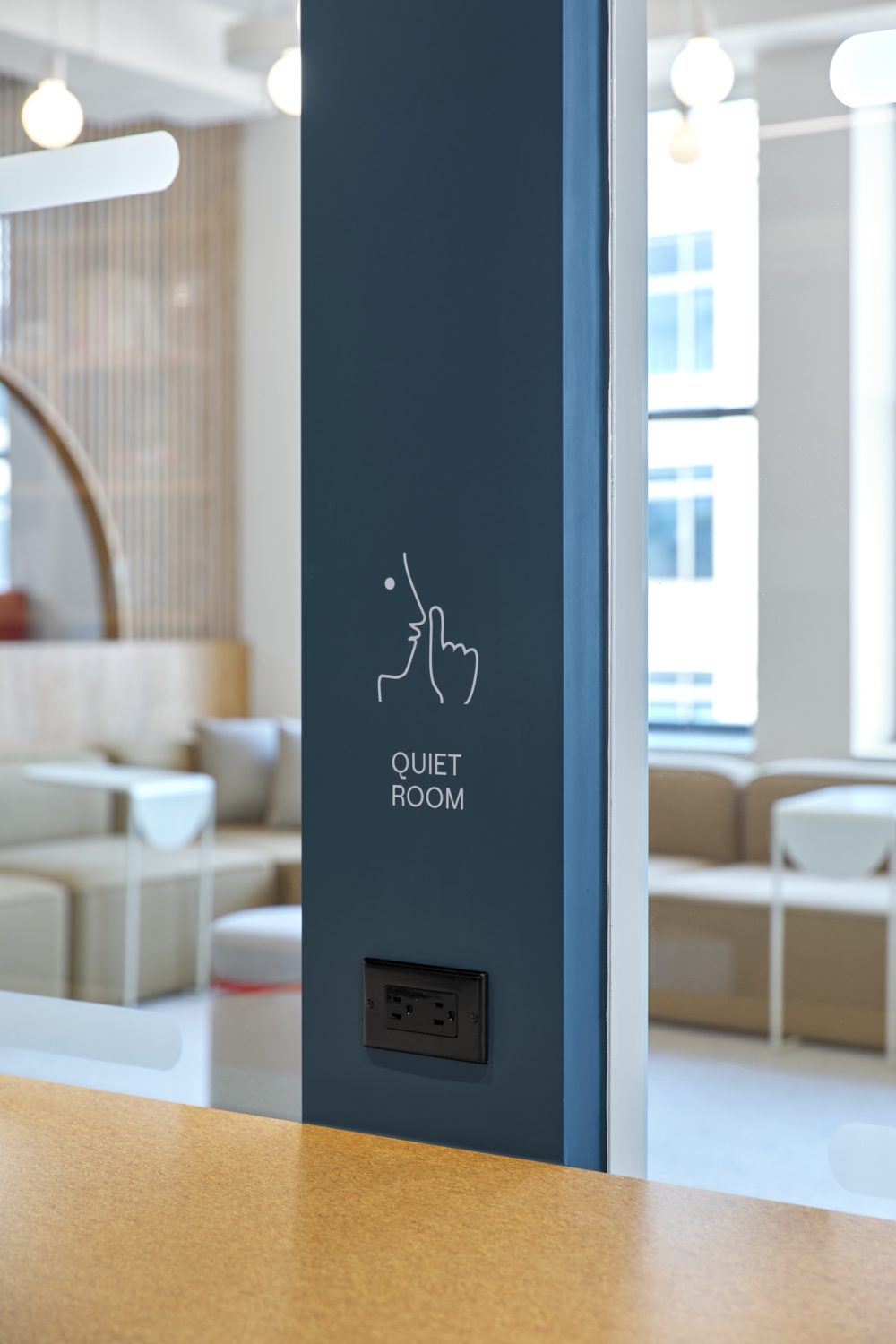
Light Optimizations and Temperature Control
Light sensitivities are common for neurodivergent individuals. With this in mind, Understood has incorporated a series of accommodating lighting elements, including dynamic lighting that shifts based on the time of day, automated lighting systems, dimmers, and occupancy sensors. When it came to the floor plan, Understood prioritized space for desks and sitting areas on the perimeters of the office to optimize natural light, rather than using this space for conference rooms. Beyond lighting and audio and visual, multi-zone thermal controls are accessible for anyone to modify.
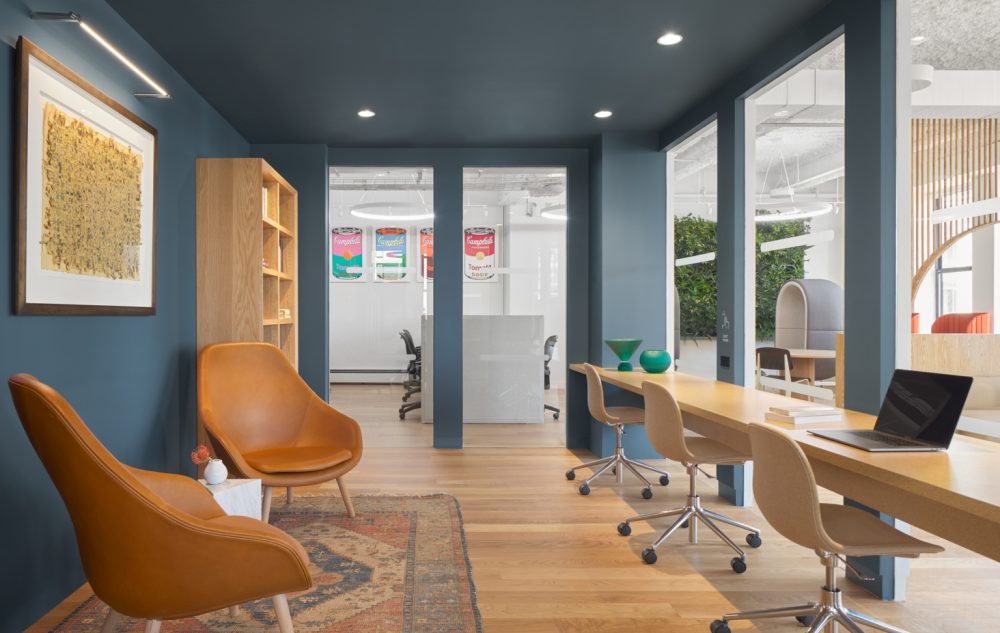
Multifunctional, Flexible, and Quiet Spaces
The office includes accessible ergonomic workstations, all of which have sit or stand options and soft chair seating. All desks feature dividers, and some include privacy hoods to combat visual distractions. Additionally, to block noise while taking calls, there are standing phone booths as well as phone booths with chairs.
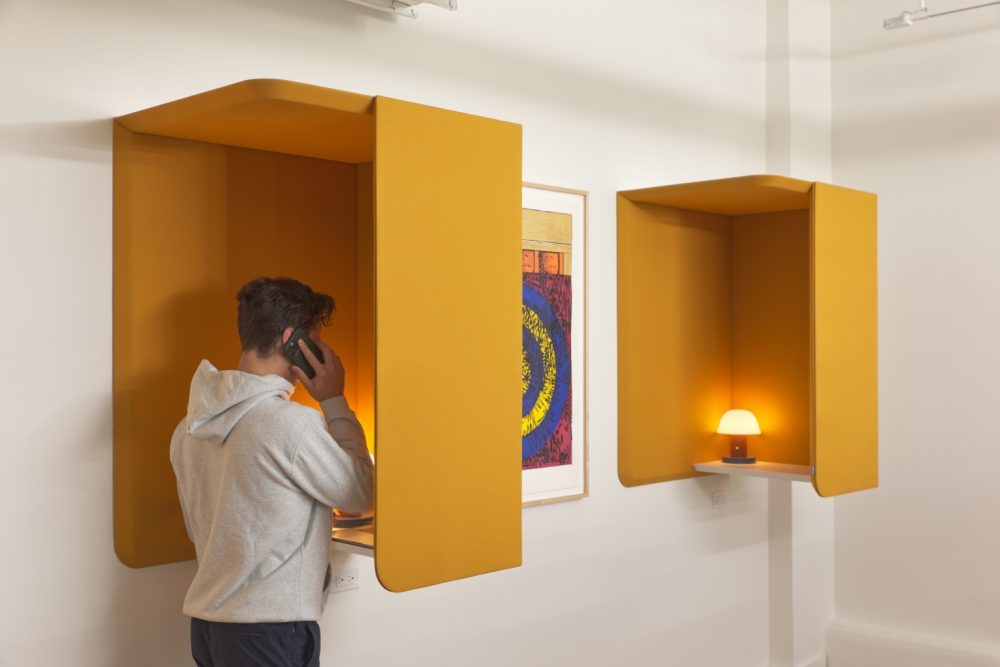
Design Only Goes So Far Without an Inclusive Culture
Universal design removes barriers in the workplace environment that may pose challenges for neurodivergent and neurotypical individuals as they do their jobs. In other words, not only does universal design help individuals who learn and think differently, it benefits everyone.
While innovative office designs are impactful, not all organizations are in the position to overhaul their space. And design alone can only go so far if the people, policies, and ways of working are not aligned to a fully inclusive workplace. It’s just as important that companies create a culture where all employees feel supported and accepted.
In fact, most organizations can create more inclusive workplaces for neurodivergent talent in a very cost- and time-effective way, without a major office redesign.
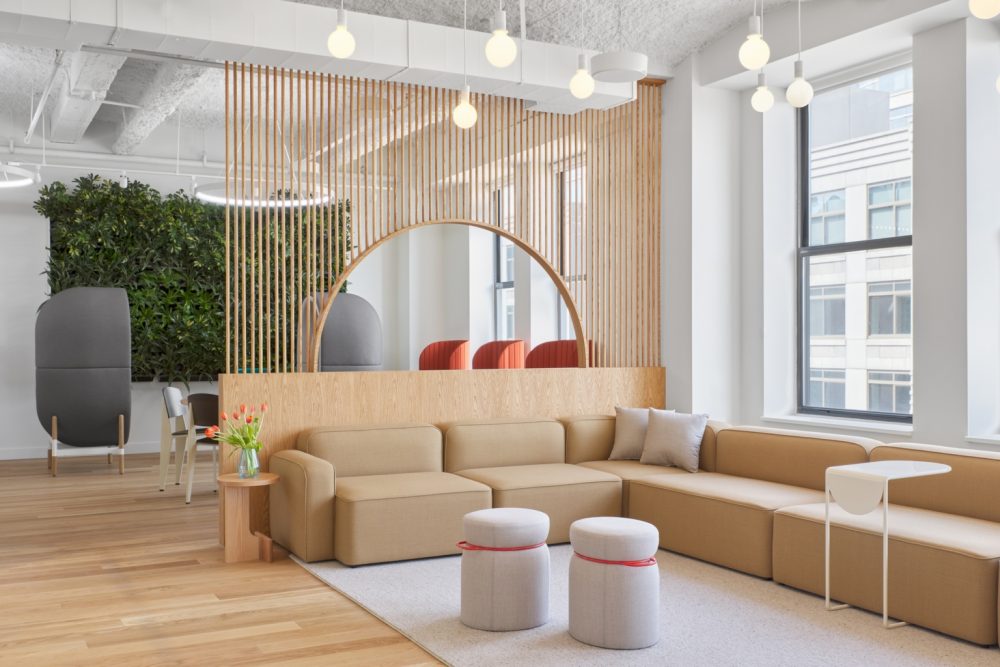
For example, companies should consider how they share information, understanding that there are various ways of processing. Simple solutions include sending pre-reads, recap notes, checklists, and recap videos to help lower cognitive load. They can also offer headphones and leverage AI features like audio recordings and speech-to-text.
Companies can also develop materials differently by applying best practices for accessibility in their external and internal design, such as font sizes and colors.
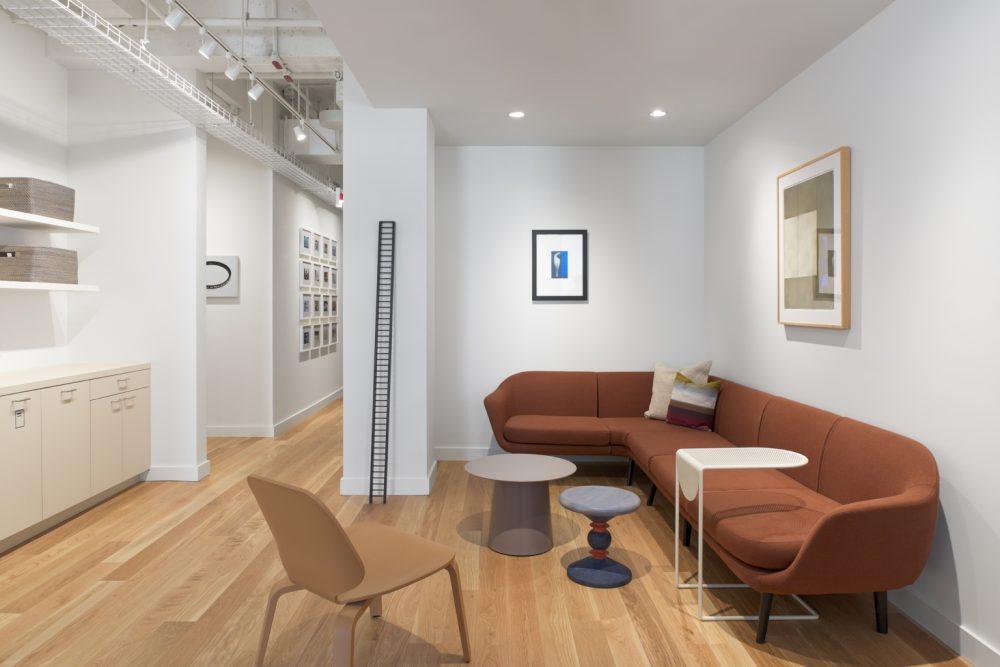
And all companies can take inclusivity a step further by broadening the definition of diversity, equity, inclusion, and belonging (DEI&B) to include neurodiversity. It costs nothing to incorporate language into your training and internal materials so that people feel seen and supported.
As we work toward a more inclusive future, it’s essential to recognize the value of incorporating neurodivergent talent in the workplace and building spaces and cultures that allow everyone to reach their full potential. Universal design is a win-win-win: a win for individuals, a win for employers, and a win for the future.
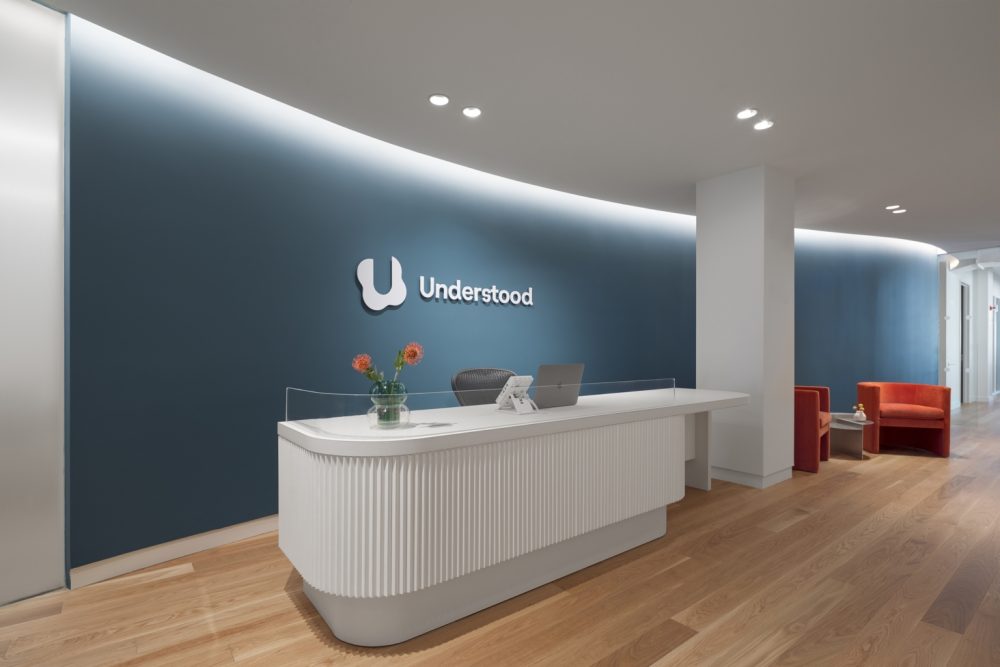
All photos courtesy of Understood.org.

